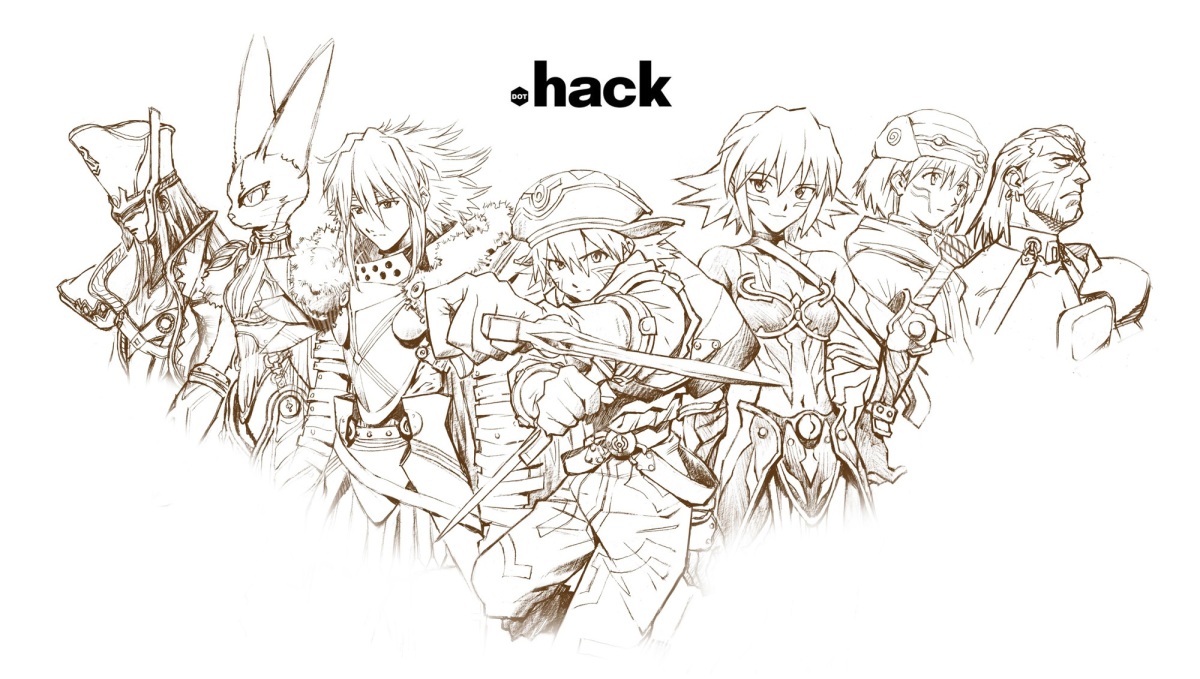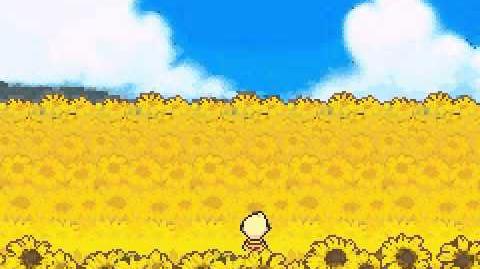If Bubsy Can Come Back, So Can the Rest of the Games in my Dream Journal
If after the release of one of the worst games in gaming history and a 20 year absence Bubsy can make a triumphant return, then there’s no reason why the other games in my dream journal can’t. Anything is possible! And as Bubsy has just proven, there are no odds to slim! Which is why I’m pulling out the ol’ dream journal of games that I otherwise was sure would never come out, and I’m going to restore some of my hope for these beloved series. After all, what could possibly go wrong?
Mother 3

via twoleftsticks.com
The elusive sequel to Mother 2 (known in the States as Earthbound) that, to the lament of Earthbound fans, was never released outside of Japan. There is no definitive reason why it was never localized, but many speculate it’s because Earthbound sold so poorly at the time of its release that Nintendo didn’t want to risk losing more money on its sequel. This cult classic GBA game is now something of a symbol of game publishers not listening to their fans. And believe me, Nintendo is very aware of it. But 20 years wasn’t enough to stop Bubsy, so why should Mother 3 care about 11, right?
Earthbound 2

via youtube.com
Known in Japan as Mother 3, Earthbound 2 is unofficial English name of the highly sought after sequel of Earthbound that was never released outside of Japan. We’ll never know exactly why it was never localized, but many speculate it’s because Reggie Fils-Aimé maintains his youthful facade by drinking the tears of Mother fans every night. Bubsy 3D is infamous for being one of the worst games in gaming history, and even that didn’t stop it from a sequel. So why should the fact that Earthbound didn’t sell as well as Nintendo wanted it to stop a sequel for it?
Earthbound 64

via earthboundcentral.com
Before it was eventually put on the GBA, Mother 3 was going to be a Nintendo 64 game that many fans refer to as Earthbound 64. Due to overwhelming technical difficulties however, the idea was eventually scrapped (but not before a few brief gameplay demos). About a decade later, it was finally revived and released as a 2D game on the GBA, Mother 3. The Internet has dug up every last scrap of information it could possibly get on this cryptid of a game, but legend has it that the only functional Earthbound 64 cartridge lies leagues beneath Nintendo of America’s headquarters, alongside a script for a localized version of Mother 3 being guarded by the last living dodo bird. If we have Bubsy to keep us going, I see no reason why a group of us Mother fans can’t just get together and dig under Nintendo of America’s headquarters. After all, if they have nothing to hide, why could they possibly mind a group of fans digging up its only headquarters in the country?
.hack//Link

via cc2.co.jp
.hack//Link is the elusive sequel to the .hack//G.U. series that connects it with the .hack//IMOQ series that was never released outside of Japan. There’s no definitive reason why it was never localized, but many fans believe it’s either because both of the previous .hack// series didn’t sell as well as Bandai Namco wanted them to and they didn’t want to risk losing more money, or because it’s the tears of English-speaking .hack// fans that keeps Dracula sealed away in the depths of a remote volcano island. Regardless, like Mother, .hack// has very much become a cult classic series since its release. Much has changed since the last .hack// game came out over here a decade ago. If it takes Bubsy 2 decades to get over having a game being called one of the worst in gaming history, then I’m sure .hack can get over having 7 fan-favorite JRPGs that just didn’t sell quite up to expectations in 1, don’t you agree?
The Son-Flower Boys: Lucas’s Wild Ride ft. Sentient Furniture

via aminoapps.com
Also known simply as Mother 3. We’ll never know exactly why it was never released outside of Japan, but many believe it’s because Nintendo likes drinking the salty tears of Mother fans out of champagne glasses before every E3 or Nintendo Direct for good luck.










